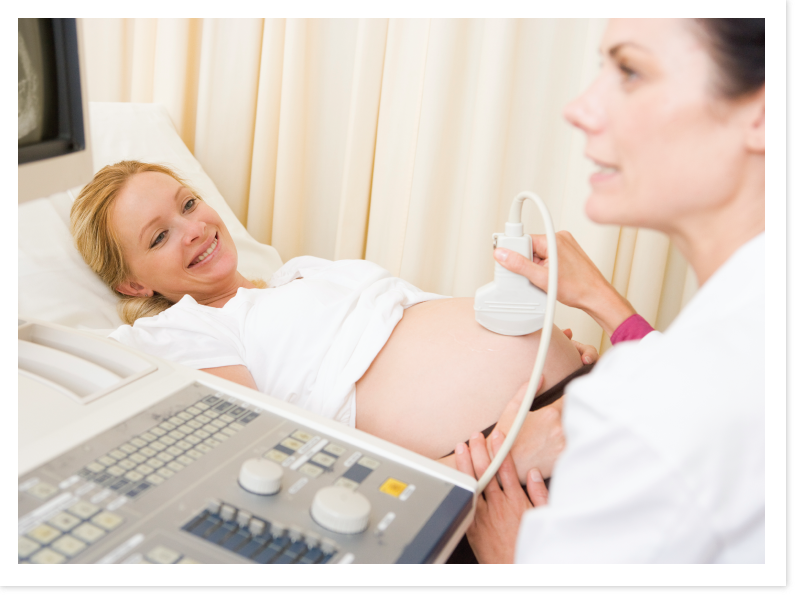During pregnancy, many women experience pain and contractions that can be felt throughout the pregnancy, some right from the first trimester. These transient contractions of the uterus are known as Braxton Hicks contractions and they are not to be confused with actual contraction leading to labor. So, how does one differentiate between the two? BabyTalk helps you sort them out…
Difference #1 – Pain
The pain of Braxton Hicks contractions is somewhat mild and only transient in nature compared to real contractions. They are only mild contractions of the uterine wall that are spurted by an increase in the levels of oxytocin on a temporary basis hence they hardly increase in intensity. Hence, this is unlike labor pain which gets quite severe in intensity and also goes on increasing right until childbirth.
Difference #2 – Frequency
Although they may occur regularly over a stretched period of time, the frequency of Braxton Hicks contractions do not go on increasing, which is unlike actual labor contractions which keep increasing in frequency especially as the birthing time draws nearer. In actual labor, in a span of a few hours, contractions that occur every half an hour will increase in frequency to every fifteen minutes or every ten minutes, where else Braxton Hicks contractions remain at the same frequency.
Difference #3 – Pressure
Another way to differentiate between Braxton Hicks or real contractions, is recognizing and understanding whether or not you are feeling any pressure on the cervix and vagina. Braxton Hicks contractions is very mild and rarely affects or puts pressure on the surrounding areas where else labor contractions causes a build-up of pressure around these areas as your body tries to push your baby towards the birth canal.
Difference #4 – Duration
The duration of contractions during labor increases progressively together with the intensity of the pain. For example, if each labor contractions initially lasted for a few seconds, within a span of a few hours, the duration of the contractions may each last up to a minute or two. The duration of the Braxton Hicks contractions whereas remain the same throughout and so do the sensations that accompany it.
What do Braxton Hicks Contractions feel like?
Initially, Braxton Hicks contractions are so mild, that most people do not even feel them in the first few weeks. They feel like cramps and they may or may not be accompanied by pain. However, as the pregnancy progresses, then these contractions tend to become more frequent in their occurrence, which is the reason that many women mistakenly presume that they are going into labor, especially when there are Braxton Hicks contractions in the third trimester. This time period is sometimes referred to as pre-labor or false labor.
Relief from severe cramping or pain
Although in the initial stages Braxton Hicks contractions are rarely palpable and thus, should not cause any kind of discomfort for expectant mothers, some however do experience pain due to contractions that are quite severe. The following tips may help provide some form of relief from Braxton Hicks contractions:
- Change your sleeping positions
- If you notice a pattern that leads to the cramping, like if they occur after you do a certain activity, avoid the activity.
- Walking is known to help provide relief. However, do not overdo it or exerting yourself.
- Taking a bath with warm water often helps a pregnant woman relax. It also decreases the chances of getting sporadic uterine contractions.
- Dehydration can lead to muscle cramping, hence drinking adequate amounts of water may help provide relief.
- Relaxation coupled with slow breathing is also an important factor that can greatly help while dealing with Braxton Hicks contractions.
